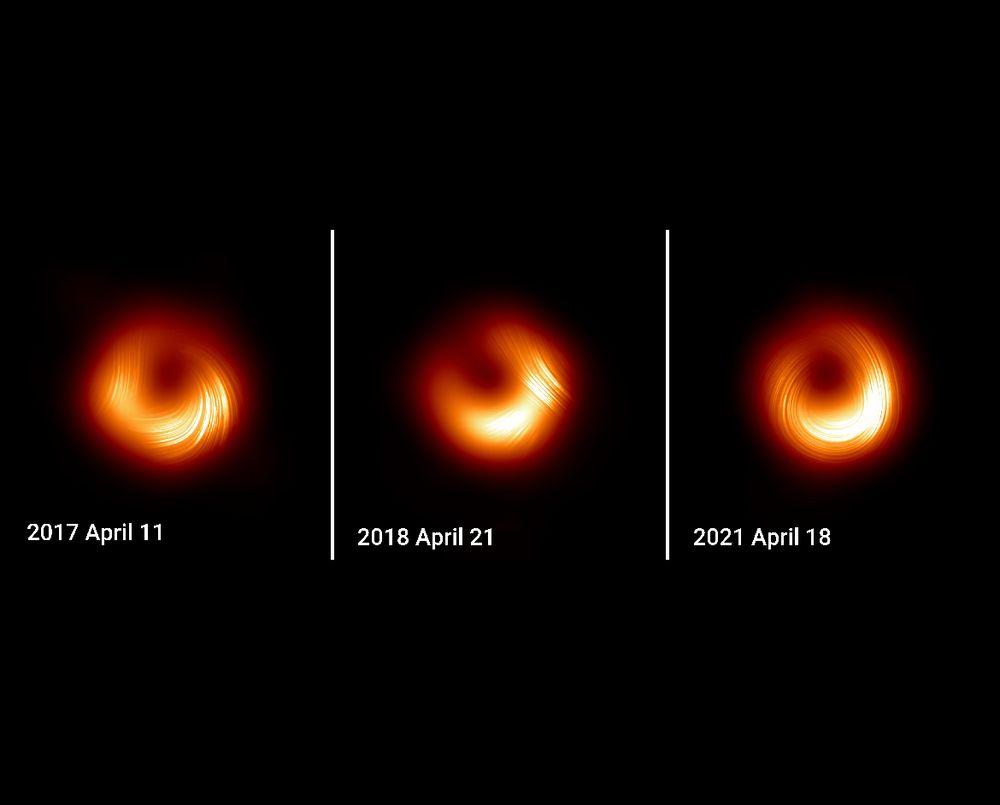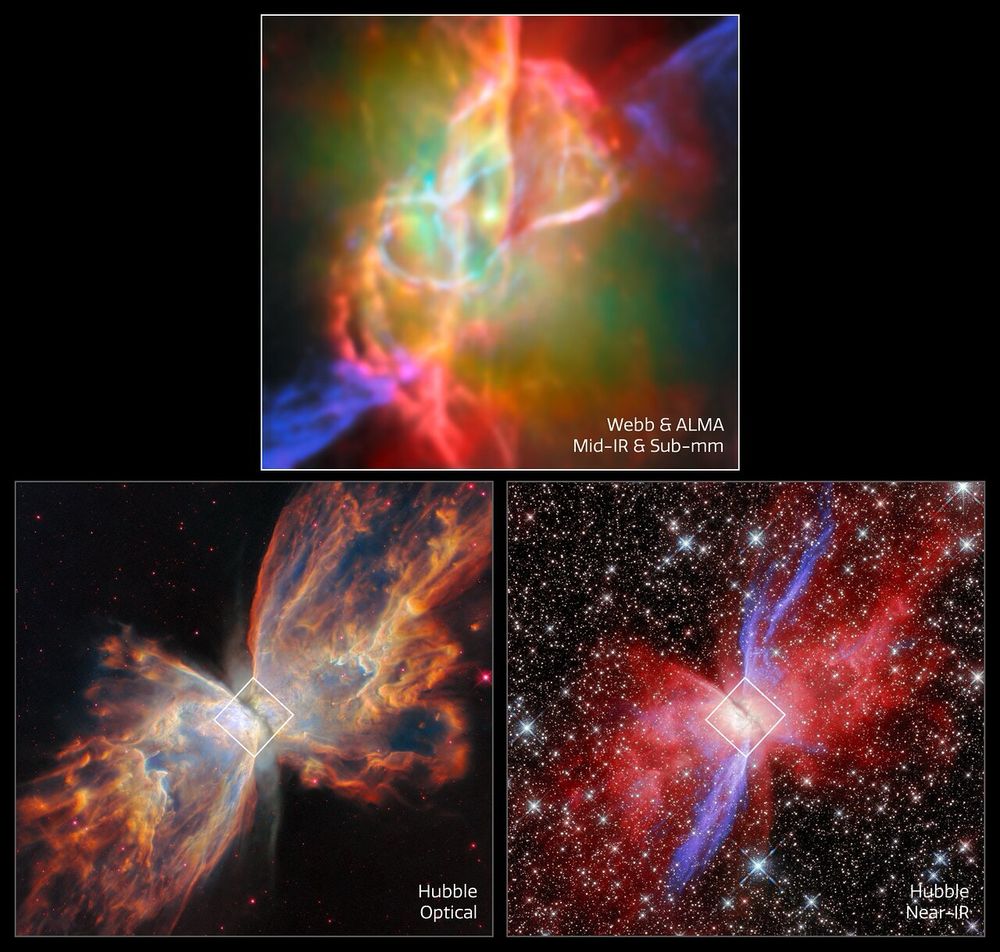


📸: NASA, STSci, AURA

📸: NASA, STSci, AURA
📸: EHT Collab.

📸: EHT Collab.
📸: EHT Collab.

📸: EHT Collab.
You probably remember this picture, the first ever image of a black hole, in the galaxy M87. What you’re really seeing here is the disk of gas around the black hole. (1/n)
📸: EHT Collab.🧪🔭

You probably remember this picture, the first ever image of a black hole, in the galaxy M87. What you’re really seeing here is the disk of gas around the black hole. (1/n)
📸: EHT Collab.🧪🔭
But why? Well, mostly because there’s not much out there besides the first two elements. In the early universe, nothing could form except H, He, and a tiny bit of Li and Be. (1/n)

But why? Well, mostly because there’s not much out there besides the first two elements. In the early universe, nothing could form except H, He, and a tiny bit of Li and Be. (1/n)

📸: NASA, JPL-Caltech, MSSS

📸: NASA, JPL-Caltech, MSSS

This is a look into the Lobster Nebula, a star-forming region 5500 light years away. In the center you can see a newly formed star cluster, containing some of the biggest stars we’ve seen (74 times the mass of the sun!)
1/n🔭🧪
📸: NASA, ESA, CSA, STScI

This is a look into the Lobster Nebula, a star-forming region 5500 light years away. In the center you can see a newly formed star cluster, containing some of the biggest stars we’ve seen (74 times the mass of the sun!)
1/n🔭🧪
📸: NASA, ESA, CSA, STScI
(3/n)
📸: ESA/Webb, NASA & CSA, M. Villenave et al.

(3/n)
📸: ESA/Webb, NASA & CSA, M. Villenave et al.
First we got this look of the Butterfly Nebula, a planetary nebula formed at the end of a star’s life. The outer layers are expelled and illuminated by the remnant core, creating something resembling butterfly wings! (1/n)

First we got this look of the Butterfly Nebula, a planetary nebula formed at the end of a star’s life. The outer layers are expelled and illuminated by the remnant core, creating something resembling butterfly wings! (1/n)

